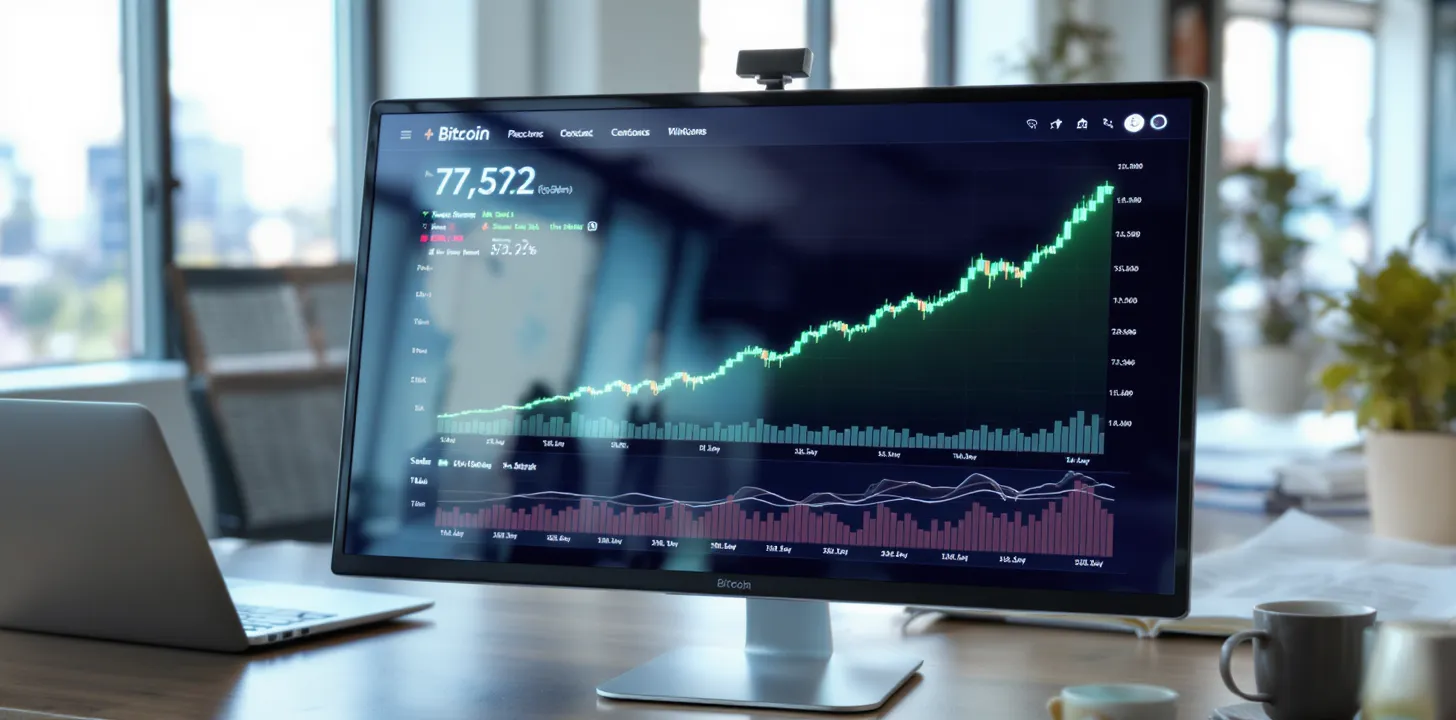Introduction
Gold, long celebrated as a store of value and a safe haven asset, continues to draw significant interest from traders and investors worldwide. Its price movements, while influenced by macroeconomic factors, global tensions, and currency strength, also lend themselves well to the discipline of technical analysis. By carefully studying price charts and applying a set of proven technical indicators, traders can gain better insights into where gold prices may be headed. These insights not only guide better decision-making but also help traders manage risk more effectively.
Understanding the Importance of Technical Indicators
Technical indicators serve as mathematical calculations based on price and volume data. Rather than relying purely on economic fundamentals or geopolitical news, these indicators help remove some of the emotion from trading decisions. For gold, which can exhibit strong momentum in times of uncertainty, such objective guidance can be crucial. Indicators such as Moving Averages, Relative Strength Index (RSI), Moving Average Convergence Divergence (MACD), and Fibonacci Retracement levels can help traders identify trends, potential reversals, and optimal entry/exit points.
Using Moving Averages for Trend Identification
Simple Moving Average (SMA): The SMA calculates the average price of gold over a specified period, smoothing out short-term fluctuations. By comparing shorter-period SMAs with longer-period SMAs, traders can identify whether gold is in an uptrend or downtrend. When the short-term SMA crosses above the long-term SMA, it often signals bullish momentum; conversely, a downward crossover may indicate bearish conditions.
Exponential Moving Average (EMA): The EMA gives more weight to recent price data, making it more responsive to sudden price shifts than the SMA. Traders often use EMA crossovers to generate buy or sell signals. For example, if the 20-day EMA crosses above the 50-day EMA while gold’s price consolidates, it may suggest a strong upward movement is in the offing.
Gauging Momentum with RSI and Stochastics
Relative Strength Index (RSI): The RSI measures the speed and change of price movements. It oscillates between 0 and 100, with readings above 70 considered overbought and readings below 30 viewed as oversold. When gold’s RSI reaches extreme levels, it may suggest that the current trend is overextended, potentially setting the stage for a price reversal. Combining RSI readings with trend analysis can help traders time their entries and exits more effectively.
Stochastic Oscillator: Another popular momentum indicator, the Stochastic Oscillator compares a particular closing price of gold to its price range over a certain period. Like the RSI, it provides clues about overbought and oversold conditions. When the Stochastic lines cross in overbought or oversold territories, it can be a clear signal to anticipate a shift in price direction.
Identifying Potential Turning Points with MACD and Fibonacci Levels
MACD (Moving Average Convergence Divergence): The MACD line, signal line, and histogram help traders determine changes in momentum and trend strength. Positive divergences (where the indicator rises while price declines) or negative divergences (indicator falls while price rises) can alert traders to imminent reversals in gold’s price trend.
Fibonacci Retracement Levels: Based on the Fibonacci sequence, these retracement levels (commonly 23.6%, 38.2%, 50%, 61.8%) help identify potential support and resistance areas. After a strong price move in gold, these levels can serve as zones where prices may stall or reverse. Traders often combine Fibonacci levels with other indicators to confirm signals and refine their entry or exit points.
Three Strategies for Better Gold Trading Decisions
Strategy 1: Trend-Following with Moving Averages
- Setup: Apply a 50-day SMA and a 200-day SMA on your gold price chart.
- Signal: A “golden cross” occurs when the 50-day SMA moves above the 200-day SMA, signaling a long-term bullish trend. Conversely, a “death cross” happens when the 50-day SMA dips below the 200-day SMA, suggesting a potential downtrend.
- Action: Enter a long position following a golden cross when confirmed by rising RSI or MACD readings. Conversely, consider short positions or take profits when a death cross and bearish momentum signals appear.
Strategy 2: Combining RSI Overbought/Oversold Levels with Market Context
- Setup: Add RSI to your daily gold chart and watch for extreme readings.
- Signal: When RSI moves above 70, look for potential reversal signals from other indicators like MACD or price action patterns (double tops, bearish candlestick formations). If confirmed, consider a short position. If RSI falls below 30 and momentum indicators show bullish divergence, it may be an ideal point to go long.
- Action: Use these opportunities to buy the dips in a longer-term bull trend or sell the rallies in a downtrend, always confirming with broader market context and other tools.
Strategy 3: Using Fibonacci Levels as Dynamic Support and Resistance
- Setup: Identify the most recent major swing high and swing low in gold’s price to apply Fibonacci retracements.
- Signal: Wait for price to approach a key Fibonacci level. Watch how price behaves – if it consolidates or prints bullish candlesticks near a 61.8% retracement, it might be gearing up for a move higher.
- Action: Consider taking partial profits at these levels if you are already in a trade, or use them to initiate a new trade if confirmed by momentum indicators like MACD or RSI.
Conclusion
Technical analysis indicators offer a structured framework for interpreting and anticipating gold price movements. While no single indicator provides a perfect, fail-safe signal, combining multiple tools—trend-following measures like SMAs, momentum oscillators such as RSI and Stochastics, and sophisticated overlays like Fibonacci retracements—can significantly improve a trader’s edge. By applying the strategies outlined above, traders can approach the gold market with greater clarity and confidence, ultimately enhancing their trading decisions and long-term profitability.



